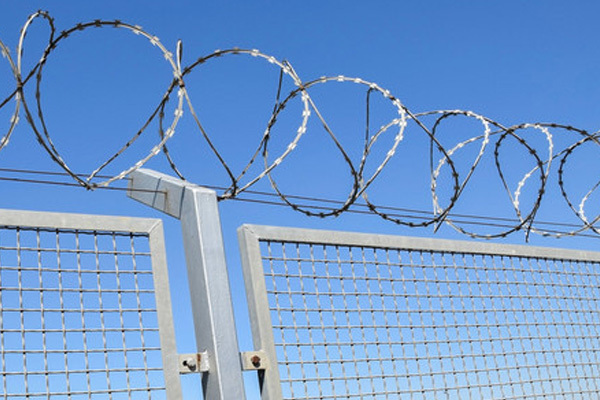What material is generally used for temporary fences?
Time:
Jul 09,2024
Author:
Source:

Temporary fences are typically made from materials that are lightweight, easy to install and remove, and durable enough to withstand outdoor conditions. The most common materials used for temporary fences include:
1. Chain link: Chain link fences are a popular choice for temporary fencing because they are cost-effective, easy to install, and durable. They are made from galvanized steel wire woven into a diamond pattern, providing a sturdy barrier that is difficult to climb over.
2. Wire mesh: Wire mesh fences are another common option for temporary fencing. They are made from welded steel wire that is coated with a protective layer to prevent rust and corrosion. Wire mesh fences are lightweight, easy to install, and provide good visibility.
3. Plastic: Plastic fences are a lightweight and portable option for temporary fencing. They are typically made from PVC or other types of plastic materials that are weather-resistant and easy to clean. Plastic fences are available in various colors and styles, making them a versatile choice for temporary fencing needs.
4. Wood: Wooden fences are a traditional option for temporary fencing, although they are less common due to their weight and maintenance requirements. However, wooden fences can provide a natural and aesthetically pleasing barrier for temporary construction sites or events.
5. Barricades: Barricades are another popular choice for temporary fencing, especially for crowd control at events or construction sites. Barricades are typically made from steel or plastic and can be linked together to create a solid barrier that is difficult to move or tamper with.
In addition to these materials, temporary fences may also include accessories such as fence panels, bases, and gates to customize the barrier to specific needs. When selecting a material for temporary fencing, it is important to consider factors such as durability, ease of installation, portability, and cost to ensure that the fence meets the requirements of the project or event.
Key words:
Previous Page:
Next page:
Share To




